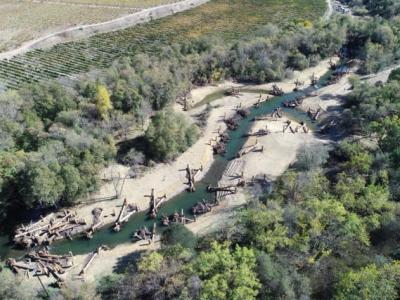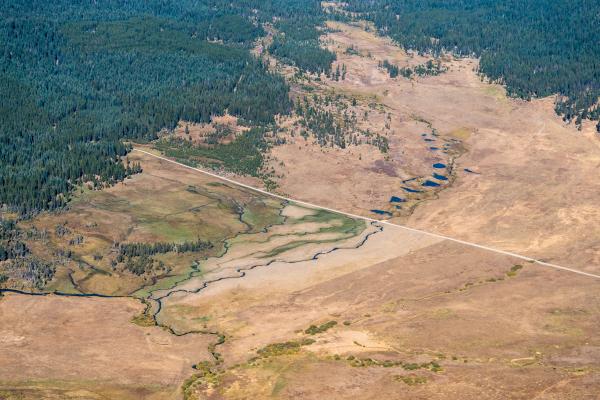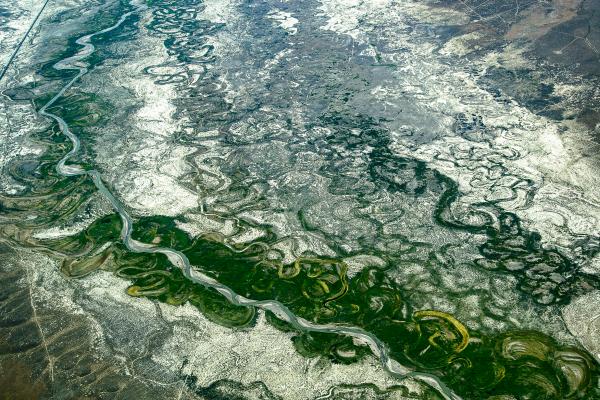Restoring to Stage Zero, Recent Advances and Applications in Process-Based Habitat Restoration
Workshop Coordinators:
Michael Pollock, Ph.D., NOAA Fisheries
Brian Cluer, Ph.D., NOAA Fisheries
Restoration of whole valley floors to a Stage 0 condition is an ecologically-based goal for alluvial valleys that generally aims to store more water and sediment through restoring the key physical processes that created the alluvial valley. “Undraining” an alluvial valley is approached by either raising the channel bed or regrading the valley to eradicate the channel, depending on the scale of incision, resources available, ownership, tolerance for disturbance, permit requirements, patience, and other considerations. This course will cover the theory and practice of Stage 0 restoration throughout the life cycle of a project, including: the underlying scientific theory; assessing when whole valley floor restoration is an appropriate goal; introduction to a range of methods of design and construction from progressive channel adjustment to wholesale grading to reset valley surfaces, and emerging monitoring methods aimed at quantifying the ecosystem benefits and costs of different restoration approaches. Permitting approaches in the context of California’s regulatory, land ownership and funding frameworks will be extensively discussed, and examples of successfully permitted and implemented valley floor restoration projects from diverse ecoregions will be provided. The workshop will be complimented by an optional field trip the next day to Willow Creek, a valley that was allowed to passively recover to Stage 0 after a careful assessment determined that that was the most cost-effective and ecologically beneficial approach.
Brian Cluer Ph.D., NOAA Fisheries
Damion Ciotti, U.S. Fish and Wildlife Service Partners in Restoration Program
Conor Shea, Ph.D., P.E., U.S. Fish and Wildlife Service Partners in Restoration Program
Paul Burns, Siuslaw National Forest
Paul Burns, Siuslaw National Forest and Matt Helstab, Willamette National Forest
Rocco Fiori, Fiori GeoSciences
Mathias Perle, Upper Deschutes Watershed Council
Carrie Lukacic, Prunuske Chatham Inc., Betsy Stapleton, Scott River Watershed Council, and Sarah Beesley, Yurok Tribal Fisheries Program
Michael M. Pollock, Ph.D., NOAA Fisheries





